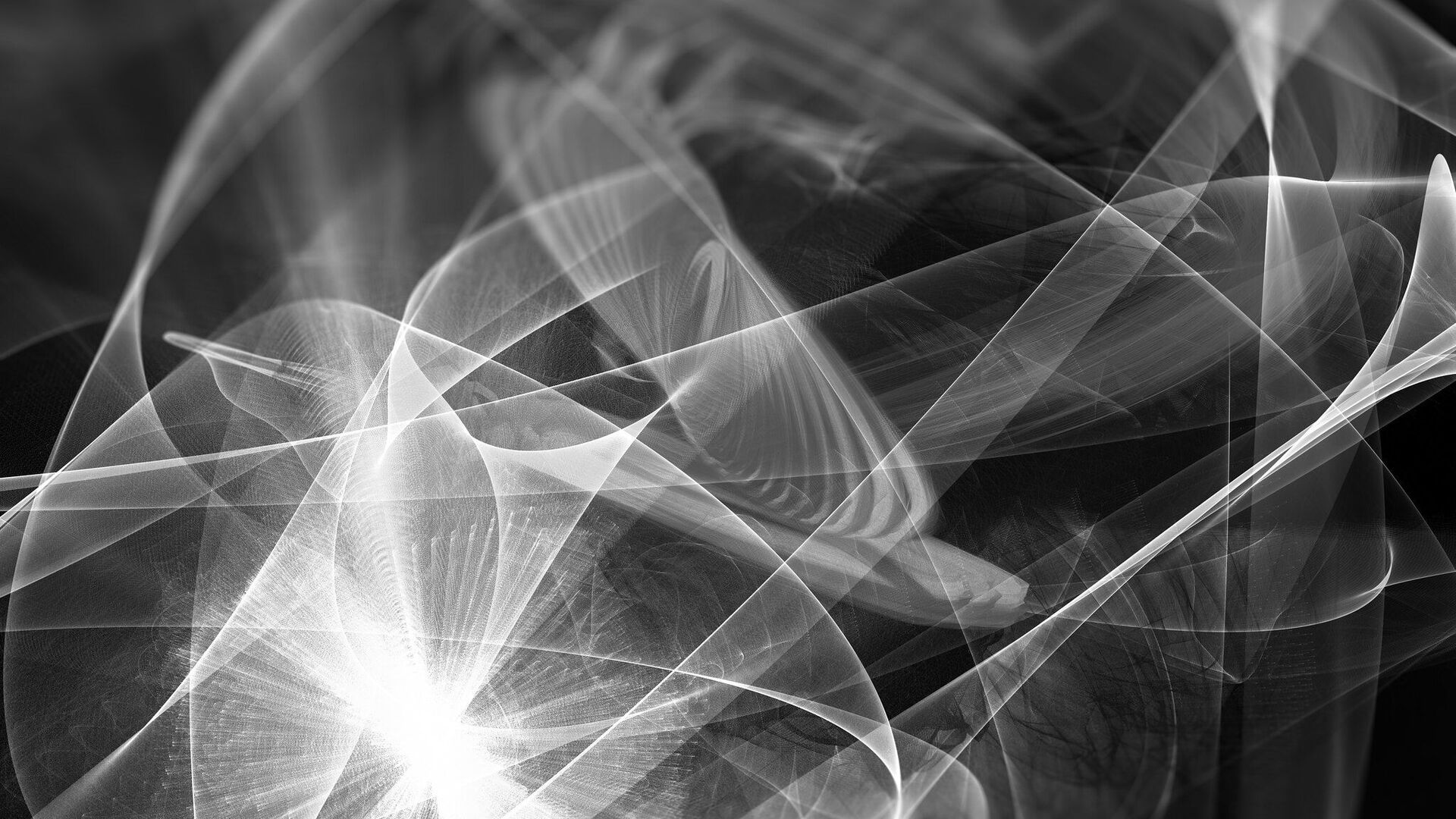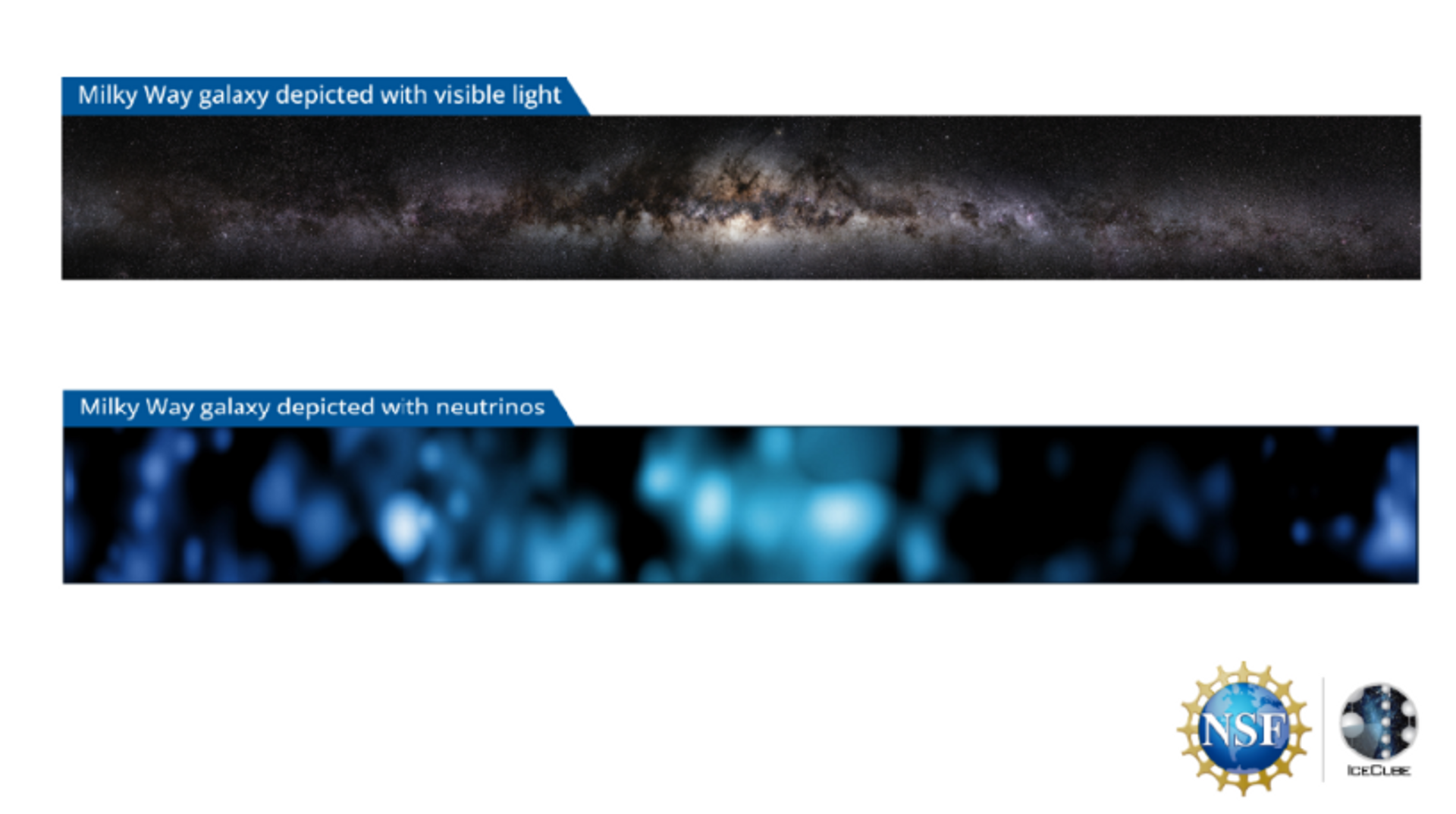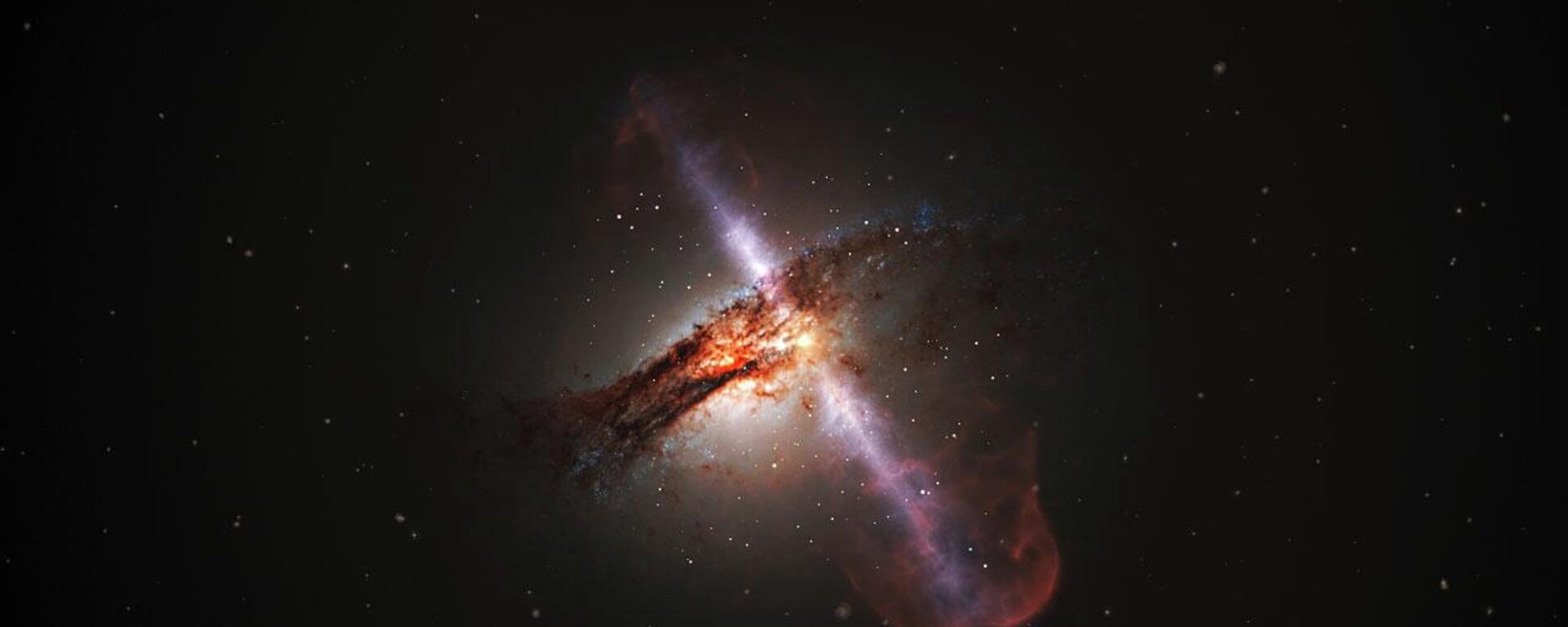Scientists Make Neutrino-Based Interstellar Map That Doesn’t Use Light

CC0 / /
Subscribe
Neutrinos are some of the elusive types of matter we know of, able to zip through almost any kind of matter at close to the speed of light with no ill effects. However, scientists have developed such good observation techniques that they’ve been able to use neutrino emissions detected from across the galaxy to generate an interstellar map.
How do you take a photo without using any light? Why, use subatomic particles, of course!
It’s the first map ever made that isn’t based on electromagnetic radiation - that is, light. Until now, scientists have used some kind of wave emission, whether it was infrared, ultraviolet rays, x-rays, radio waves, or light on the visible spectrum, to generate images of the universe.
A neutrino isn’t a wave, but a subatomic particle that’s emitted during radioactive decay. They have almost no mass, no charge, and interact with other matter solely through the weak nuclear force - a short-range force that only affects other subatomic particles.
As a result, they were dubbed a “ghost particle” and only known about through theoretical extrapolation for half a century until the first were detected in 1995.
However, thanks to a vast array buried under the Antarctic ice called the IceCube Neutrino Observatory (no, really), scientists have been able to not only confirm the existence of neutrinos, but to detect more than 60,000 of them as they effortlessly fly through the Earth.
Their findings, including the map they generated, were published on Thursday in the peer-reviewed journal Science.

Two images of the Milky Way galaxy. The top is captured with visible light and the bottom is the first-ever captured with neutrinos.
"What's intriguing is that, unlike the case for light of any wavelength, in neutrinos, the universe outshines the nearby sources in our own galaxy," Francis Halzen, a professor of physics at the University of Wisconsin–Madison and principal investigator of IceCube, said in a news release.
"As is so often the case, significant breakthroughs in science are enabled by advances in technology," says Denise Caldwell, director of the physics division of the US National Science Foundation.
"The capabilities provided by the highly sensitive IceCube detector, coupled with new data analysis tools, have given us an entirely new view of our galaxy - one that had only been hinted at before. As these capabilities continue to be refined, we can look forward to watching this picture emerge with ever-increasing resolution, potentially revealing hidden features of our galaxy never before seen by humanity."
Neutrinos come from several sources, including radioactive decay of atoms; nuclear and thermonuclear reactions like that produced by atomic bombs or at the heart of stars; supernova explosions; neutron stars as their spin slows; and when cosmic rays or accelerated particle beams strike atoms. Some of the neutrinos passing through IceCube have been found to have come from billions of light-years away.
Naoko Kurahashi Neilson, a physicist at Drexel University in Philadelphia, mused that “at this point in human history, we're the first ones to see our galaxy in anything other than light.”


